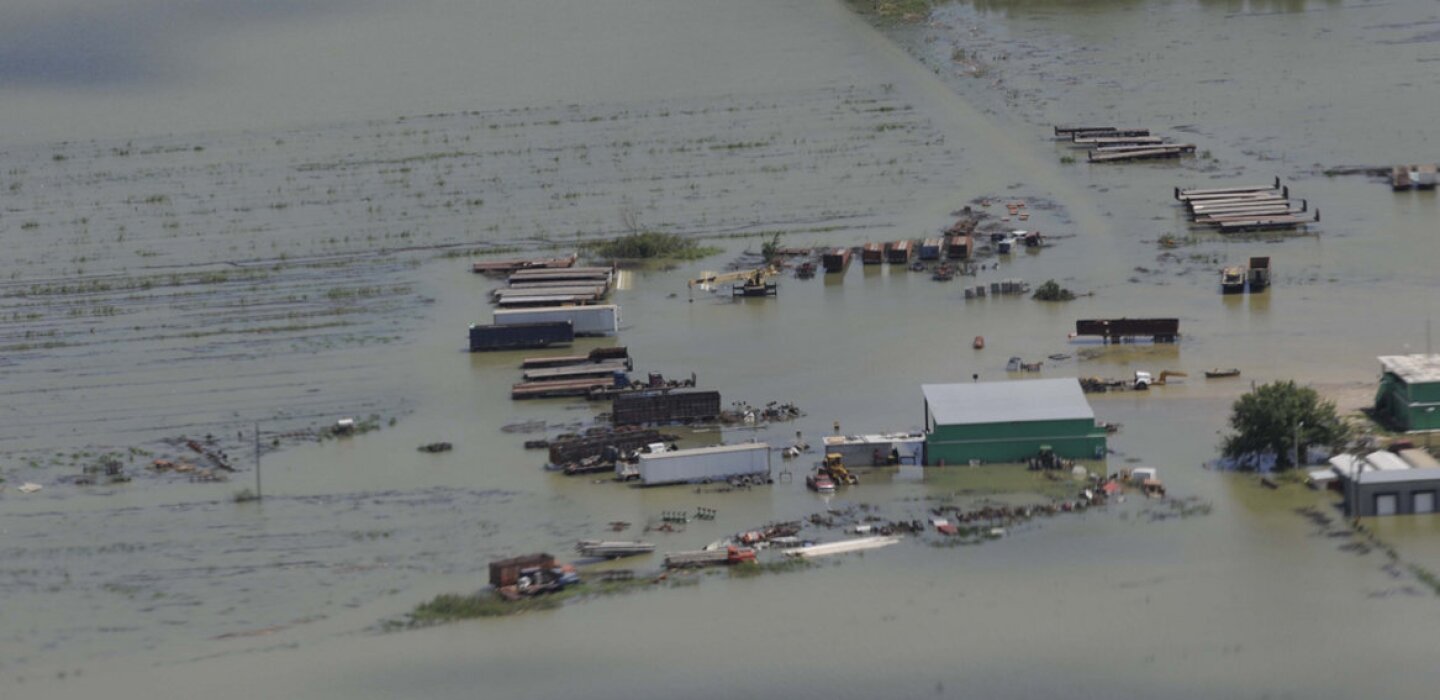
Emergency Plan Leaves Those With Disabilities in the Cold
(TNS) – Nearly two years after Winter Storm Uri, San Antonio is facing a federal lawsuit alleging its emergency preparedness plan is discriminatory and leaves “residents with disabilities out in the cold.”
Filed Jan. 27 in San Antonio federal court, the civil lawsuit is the first of its kind against a Texas city and one of only a handful nationwide, said Stephanie Duke, a staff attorney at Disability Rights Texas and the nonprofit advocacy agency’s disaster resilience coordinator.
Disability Rights Texas filed the suit along with two law firms, Winston & Strawn LLP and Daniel & Beshara, P.C., on behalf of nine San Antonio residents who say the city’s plan put their lives in jeopardy during the
“We spent a good amount of time trying to get San Antonio to come to the table pre-suit trying to resolve the problem,” Duke said. “Unfortunately, that did not happen.”
“We didn’t want to end up in litigation because that takes time, it takes resources and it doesn’t solve the problem right away,” she added.
The city did not make anyone available for an interview, citing the pending litigation. The city was issued a summons Monday, according to federal court records, and has 21 days to respond to the lawsuit.
“Following Winter Storm Uri, the City engaged community stakeholders and an emergency management consultant with an expertise in disability rights,” the city said in a statement. “Through this effort we are evaluating and improving our plans and practices to better serve our community. The significant engagement and input from the disability rights community have resulted in changes that have been implemented and our work continues today.”
The statement did not detail those changes.
The lawsuit contends that San Antonio’s emergency shelters and its transportation and evacuation plans are inaccessible to residents with disabilities, as are its emergency communications, outreach program, and water and food distribution sites.
As an example, the lawsuit states that city shelters do not have usable cots for people with disabilities, guaranteed refrigeration for medicines or durable medical equipment, which could include oxygen equipment.
In addition, the city’s shelter-in-place plan does not address the impact sustained power outages have on residents who rely on “life-sustaining or disability-related power dependent equipment” or refrigerated medication, according to the suit.
“This discrimination was particularly evident during February of 2021 Winter Storm Uri, with dire results,” the filing states, though it emphasizes that San Antonio is prone to a range of disasters, including flooding and extreme heatwaves.
About 16 percent of San Antonio’s population has one or more disabilities, the lawsuit notes, citing city data.
While this is the first such lawsuit against a Texas city, the issues outlined in the filing are likely not unique to San Antonio, according to Duke.
“Inclusive planning at the local level does appear to be an issue across the state,” Duke said.
The lawsuit arose from feedback Disability Rights Texas received in response to its 2021 survey about the impact Winter Storm Uri had on Texans with disabilities.
The suit, assigned to U.S. District Judge Fred Biery, seeks for San Antonio to revise its disaster and emergency plans to be more inclusive of residents with disabilities and for the court to assign a monitor or special master to oversee this process.
Additionally, it asks for the city to be required to hire or assign a full-time Emergency Management department employee to ensure “inclusive planning for the needs of individuals with disabilities across all emergency support functions and response and recovery measures.”
©2023 the San Antonio Express-News. Distributed by Tribune Content Agency, LLC.


Average Rating